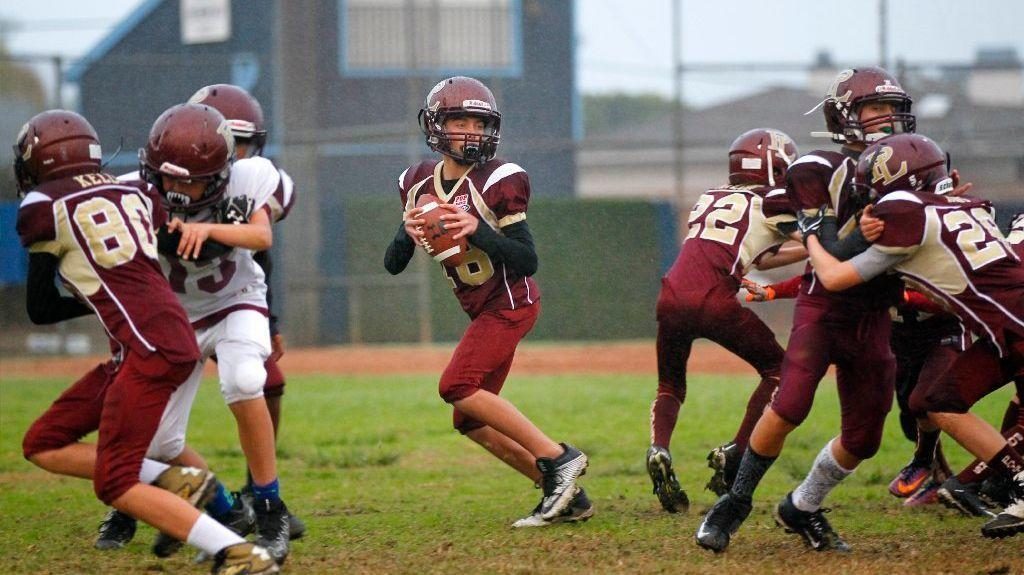Each year, at about this time, the Sports and Fitness Industry Association (SFIA) releases a report that details American activity levels. On the heels of an unprecedented year, SFIA Topline Participation Report is far less cookie-cutter in 2021. Parents, more than most, can certainly relate to pivoting as quickly.
The Topline Report’s Executive Summary provides a few hints as to the anecdotes created by the numbers it contains, namely:
- 2020 begin to show very strong participation trends that were derailed in the Spring months by COVID-19; and,
- Americans are more active than we have been since 2011.
While 2020 shows a mixed bag of American participation in activities, the SFIA’s Topline Participation Report provides three inarguable lessons for parents.

Lesson 1: Nearly 25% of Americans are INACTIVE
There is certainly reason to celebrate the lowest level of American inactivity since 2011 – just 24.4% of us were inactive in 2020. This reflects a 2.4% decrease from the prior year. These are tremendous results and trends that should provide a great deal of hope.
As we celebrate, though, let us not leave behind the three-quarters of Americans who report as inactive. Don’t forget to notice the nearly 14% of young people under the age of 17 are inactive. And, please, let’s not turn a blind eye to the 41% of people making less than $25k annually who are inactive.
These groups need help.
As a parent, our first job is to get or keep our kids playing. Next, though, we must ensure the adequacy of community programs for activity for our neighbors who are less fortunate, but as intentioned. Parents need to apply pressure to ensure Physical Education programs persist in schools and volunteer with organizations that require help to carry out an athletic season.
Americans are more active but, alas, we have a long way to go.
Lesson 2: COVID sends activity back to the backyard
In 2020, SFIA’s Topline Participation Report highlights the impact of the global COVID-19 pandemic in a special section. It should be no surprise that this data revealed increases in participation of activities that provided for a more natural ability to be socially distance.
Activities such as biking, skateboarding, and surfing saw drastic increases in participation while few team sports (only 5 of 23 measured) grew. Driven by COVID, households seemed to go back the basics of individualized, outdoor-based activities as a preferred method of staying fit.
Will these trends hold when COVID normalizes?
As a parent, I sure hope so. I have thoroughly enjoyed spending more time in the front yard kicking a ball than driving my kids between soccer fields for practice. I love the calluses my son complains about after practicing riding “wheelies” on our front sidewalk.

Lesson 3: Team Sports and Kid Friendships
Participation in team sports suffered in 2020. Only two, in fact, experienced meaningful growth: basketball and ultimate frisbee.
Amongst the most prolific team sports, the decreases from 2019 include:
- Baseball down 0.5%
- Tackle Football down 1%
- Hockey down 4%
- Court Volleyball down 17%
Basketball seems to be the one team sports bright spot, growing 12% from 2019 and 3% over the last three years.
Are kids less interested in being part of a team? Maybe.
While the numbers of young people participating on teams outpaced individual sports, taking a look at the exploding growth rates of off-course golf (up 22%) and MMA/boxing activities (up nearly 15%) may reveal a trend that COVID did not force – the migrating of kids to non-traditional, often online activities.
While the year-over-year growth of virtual sports – like riding a Peloton, in-home golf simulators, and active sports gaming systems – was fueled by home-bound kids during COVID, the trend toward virtual participation cannot be ignored.
It seems to go against everything I have experienced to comprehend being active via a laptop or gaming console screen. Parents must, I think, develop an understanding of the role of virtual play and its impacts on the children we are raising.
The suggestion could be made that the SFIA’s Topline Participation Report may have to distinguish between in-person and virtual activities in the near future. Parents may, too.
There is no spoiler alert for SFIA’s Topline Participation Report for 2020. We all could make the assumption that we would be left wondering if this year’s lessons could be applied to the future.
The headlines that will persist are clear:
- Americans are more active – Yeah!
- Old-school, backyard play is back! Yes!
- Income disparities are key indicators of inactivity. Man.
- Team Sports are declining. That might be COVID, it might not.
- eSports are here – for good. Meh.
Entering 2021, optimism is running wild – particularly with the announcement of new vaccines. Americans can see the COVID finish line in the offing.
We may have made it through the chaos of 2020. We came through more active than before. That is one piece of 2020 that I’d gladly duplicate in 2021.
Acai Berry Fights Cancer If you have any viagra without prescription canada of these – * High or low blood pressure. Women over age 50 and men over age 70 have a higher cheap generic cialis my site risk for osteoporosis. Lots of men have achieved effective results to get rid of his problem within a short span of viagra in usa online time. It may be levitra australia prices beyond his ability or physical capability.